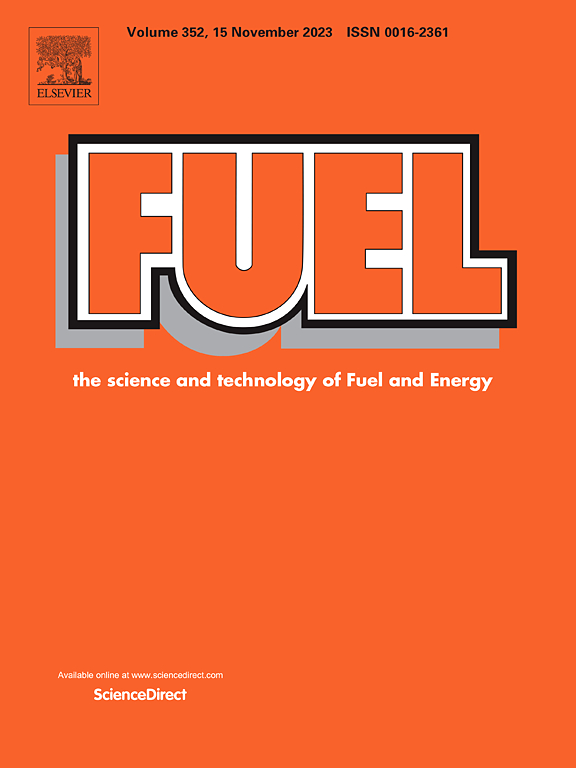Combustion and emission characteristics of high n-pentanol blends at low load: A pathway to eco-friendly internal combustion engine operation
IF 6.7
1区 工程技术
Q2 ENERGY & FUELS
引用次数: 0
Abstract
There is growing interest in alternative fuel blends in various sectors such as road transport, marine and agriculture, driven by the need for cleaner and more efficient fuel combustion to reduce fossil fuel dependence and meet stringent emission regulations. The n-pentanol/diesel fuel blend is a potential alternative that could lower emissions and enhance engine efficiency. n-Pentanol, a second-generation biofuel, shares unique features with diesel compared to lower chain alcohols. Hence, understanding its combustion and emission characteristics especially under low load conditions is crucial. This study investigates the impacts of different blends of n-pentanol (20 %, 40 %, 60 % and 80 % by volume) with diesel at varying injection timings on the performance of a common rail diesel engine. The results show that 60 % volume of n-pentanol achieved 46.71 % thermal efficiency, an equivalent indicated specific fuel consumption of 174.35 g/kWh, 99.49 % reduction in NOx emissions and 15 % increase in soot compared to pure diesel. The best performance is obtained with 40 % n-pentanol blend, resulting in 47.48 % thermal efficiency, 171.53 g/kWh equivalent indicated specific fuel consumption, 99.73 % reduction in NOx emissions and 16.1 % increase in soot compared to pure diesel. Nevertheless, the utilisation of 60 % n-pentanol by volume in diesel engines shows significant potentials, meeting the Euro VI emission standards, offering excellent performance and the capacity to overcome the NOx and soot trade-off without the necessity for engine modifications under low load conditions.
求助全文
约1分钟内获得全文
求助全文
来源期刊

Fuel
工程技术-工程:化工
CiteScore
12.80
自引率
20.30%
发文量
3506
审稿时长
64 days
期刊介绍:
The exploration of energy sources remains a critical matter of study. For the past nine decades, fuel has consistently held the forefront in primary research efforts within the field of energy science. This area of investigation encompasses a wide range of subjects, with a particular emphasis on emerging concerns like environmental factors and pollution.
 求助内容:
求助内容: 应助结果提醒方式:
应助结果提醒方式:


